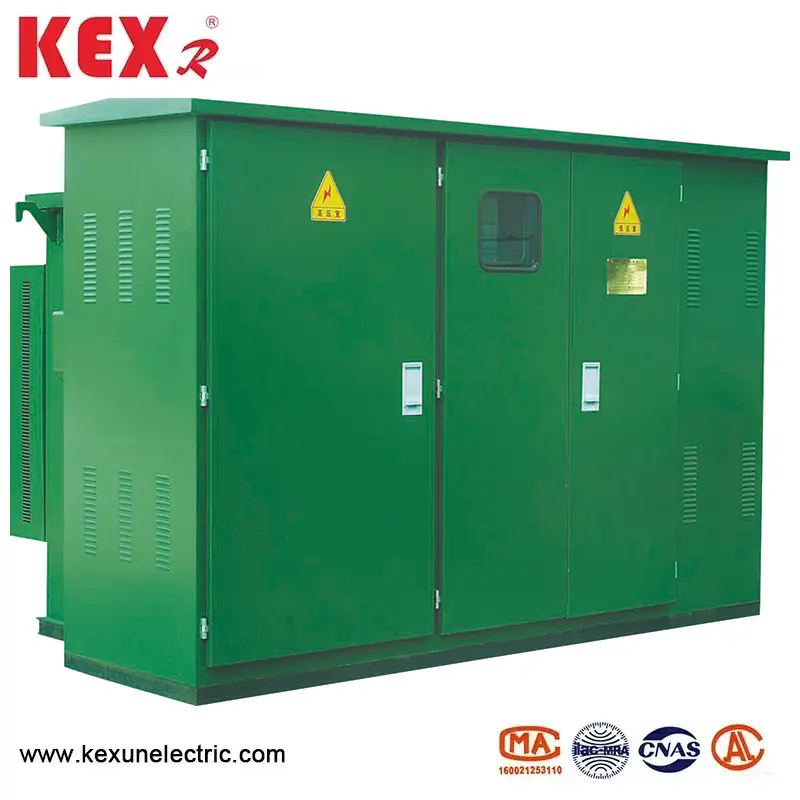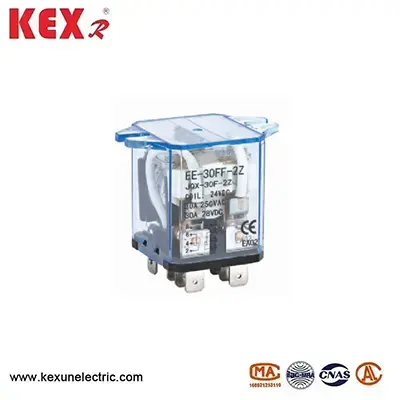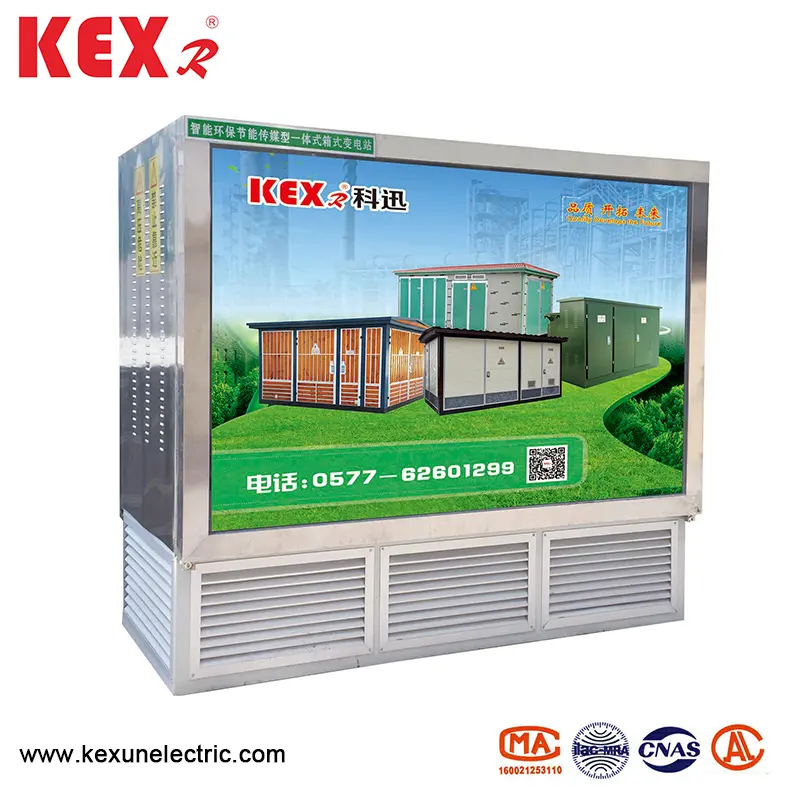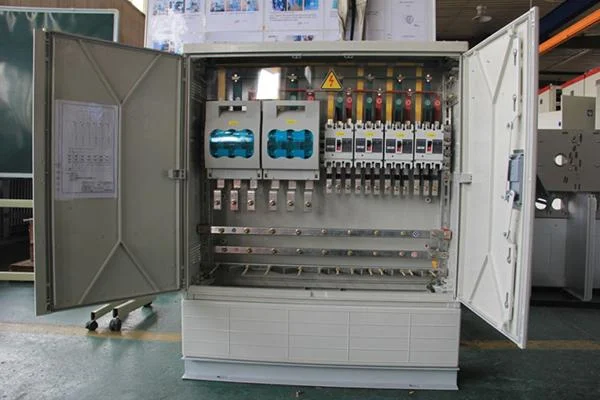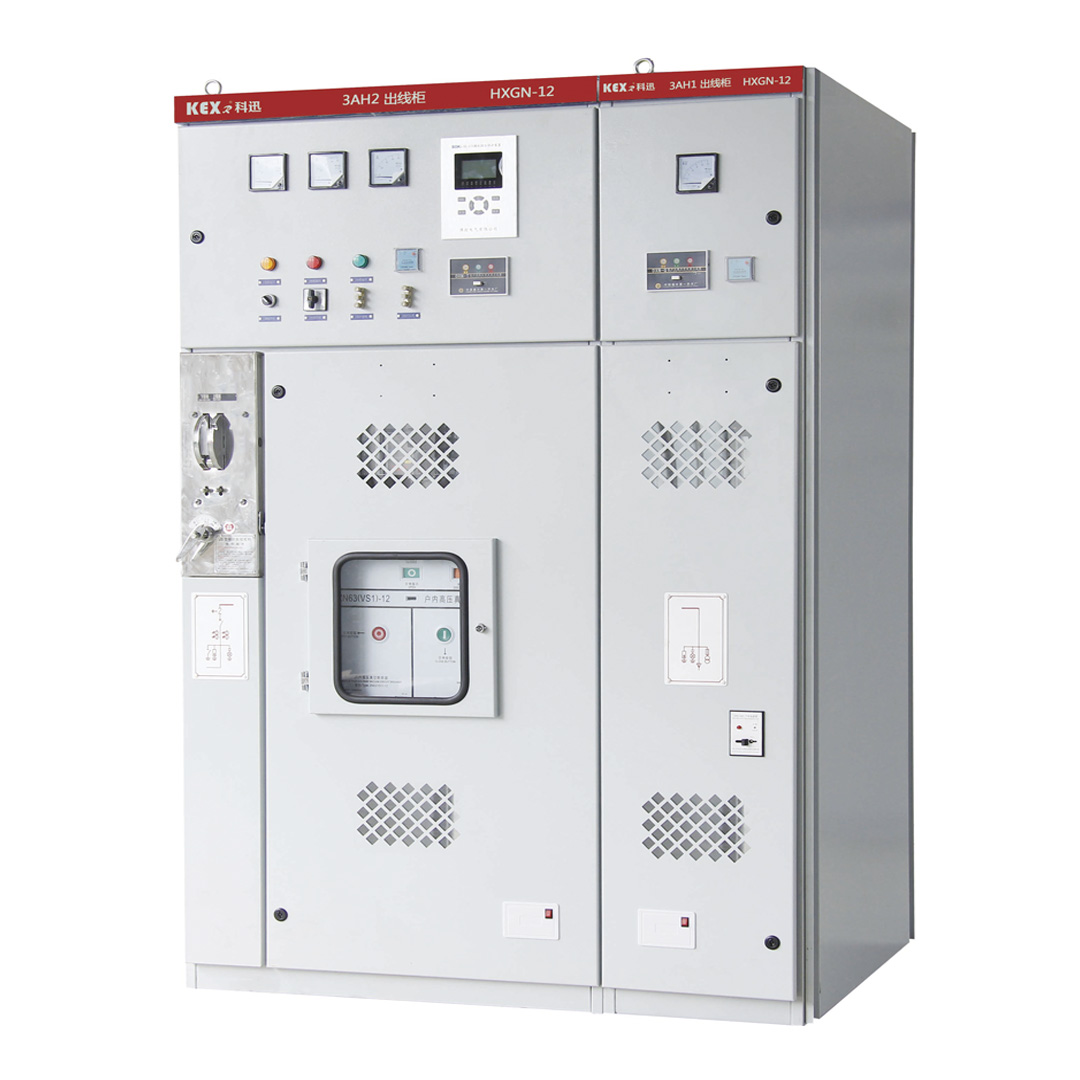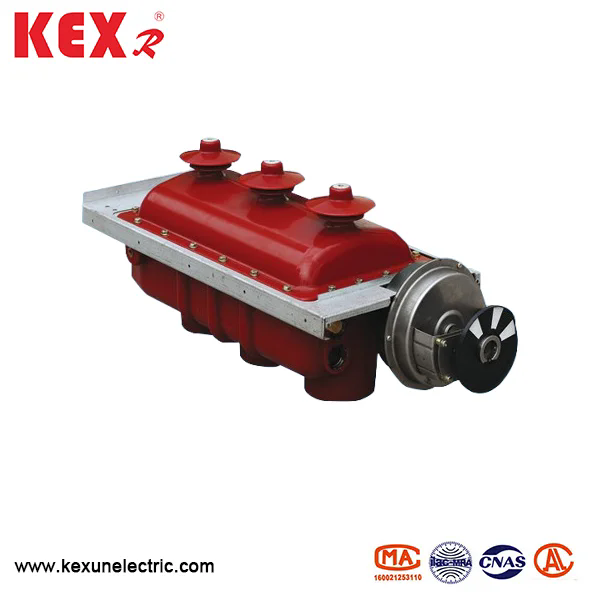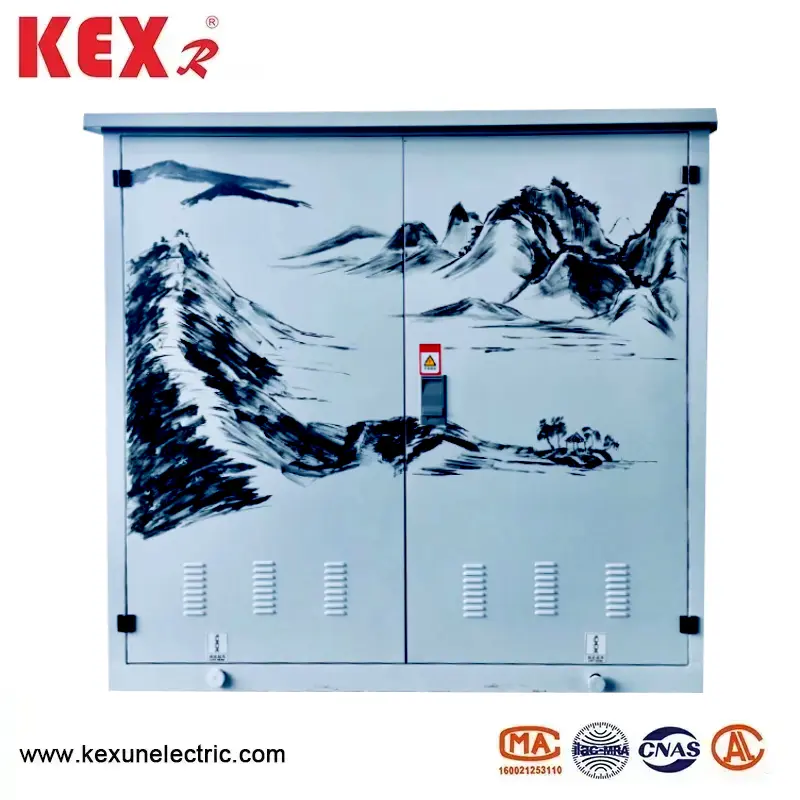What Makes Box Type Substations a Critical Asset for Modern Power Distribution?
In the realm of electrical infrastructure, box type substations (BTS) have emerged as a cornerstone of efficient, reliable power distribution. These compact, prefabricated units integrate transformers, switchgear, and protection devices into a single, enclosed structure, offering a streamlined alternative to traditional substations. As urbanization accelerates, renewable energy adoption grows, and industries demand more flexible power solutions, understanding why box type substations have become indispensable is key. This guide explores their role in modern power systems, core features, detailed specifications of our industry-leading models, and answers to common questions, highlighting their value for utilities, industries, and communities.
Trending News Headlines: Top Searches on Box Type Substations
- "How Box Type Substations Support Solar and Wind Energy Integration"
- "Compact Box Type Substations: Ideal for Construction Sites and Remote Areas"
The Indispensable Role of Box Type Substations in Modern Power Systems
Space Efficiency and Rapid Deployment
Traditional substations require large, dedicated spaces and lengthy construction timelines, making them impractical for urban areas or projects with tight deadlines. Box type substations, by contrast, are pre-engineered and pre-assembled in factories, arriving on-site as a single unit. Their compact design—often housed in weather-resistant steel enclosures—occupies 30-50% less space than conventional substations, making them ideal for crowded cities, industrial parks, or remote locations with limited land. Installation is also faster: a box type substation can be operational within days, compared to weeks or months for traditional builds. This speed is invaluable for emergency power restoration, construction sites, or events requiring temporary power.
Enhanced Safety and Reliability
Safety is paramount in electrical systems, and box type substations are designed with multiple safeguards. Enclosed in robust, grounded enclosures, they protect internal components from environmental hazards (dust, rain, vandalism) and prevent unauthorized access, reducing the risk of accidents. Advanced protection devices—such as circuit breakers, fuses, and surge arresters—are integrated to detect and isolate faults, minimizing downtime and preventing damage to connected equipment. For industries like manufacturing or healthcare, where power interruptions can have severe consequences, this reliability is non-negotiable.
Flexibility for Diverse Applications
Box type substations are highly customizable, adapting to a wide range of voltage requirements (from low to medium voltage) and power capacities. This flexibility makes them suitable for diverse applications: urban residential areas, commercial complexes, industrial facilities, renewable energy farms (solar, wind), and remote infrastructure (telecom towers, mining sites). They can also be configured for specific needs, such as outdoor or indoor use, modular expansion, or integration with smart grid technologies for remote monitoring. This adaptability ensures they remain relevant as power demands evolve.
Cost-Effectiveness Over the Lifespan
While the initial investment in a box type substation may be comparable to a traditional substation, their lifecycle costs are significantly lower. Factory assembly reduces on-site labor expenses and minimizes construction delays, lowering installation costs. Their compact design also reduces land acquisition and maintenance costs—fewer components mean simpler inspections and repairs. Additionally, their durability (resistant to corrosion, extreme temperatures, and mechanical stress) extends their operational life, often exceeding 20 years with minimal upkeep. For utilities and businesses seeking long-term value, box type substations offer a cost-efficient solution.
Support for Renewable Energy Integration
Key Features of High-Quality Box Type Substations
Robust Enclosure Design
The enclosure is the first line of defense, protecting internal components from external conditions. High-quality enclosures are made from galvanized steel or stainless steel, with weatherproof seals (IP54 or higher rating) to resist dust and water ingress. For harsh environments (coastal areas, industrial zones), corrosion-resistant coatings are applied. The enclosure should also include ventilation systems to prevent overheating and lockable access doors for secure maintenance.
Efficient Transformer Integration
The transformer is the heart of the substation, responsible for voltage conversion. Look for transformers with high efficiency ratings (IE2 or higher) to minimize energy loss. Cooling systems—air-cooled for smaller units, oil-cooled or forced-air for larger capacities—ensure the transformer operates within safe temperature ranges. For noise-sensitive areas (residential neighborhoods), low-sound transformers (below 65 dB) are ideal.
Advanced Switchgear and Protection
Switchgear controls, protects, and isolates electrical circuits. High-quality box type substations include vacuum circuit breakers (VCBs) or air-insulated switchgear (AIS) for reliable operation. Protection devices such as overcurrent relays, earth fault relays, and surge arresters safeguard against overloads, short circuits, and voltage spikes. Modern units may also integrate digital protection relays for precise fault detection and remote operation.
Smart Grid Compatibility
Increasingly, box type substations are equipped with smart technologies for remote monitoring and control. Features like SCADA (Supervisory Control and Data Acquisition) compatibility, IoT sensors, and communication ports (Ethernet, 4G/5G) allow operators to track voltage levels, current flow, and equipment status in real time. This enables predictive maintenance, reduces downtime, and optimizes energy distribution—critical for smart cities and modern grids.
Compliance with International Standards
We specialize in manufacturing box type substations that combine durability, efficiency, and smart functionality. Our units are engineered for diverse applications, from urban grids to industrial facilities and renewable energy projects. Below are the specifications of our best-selling models:
|
Feature
|
Compact Urban BTS (KX-100)
|
Industrial Heavy-Duty BTS (KX-500)
|
Renewable Energy BTS (KX-300)
|
|
Voltage Rating
|
Primary: 10kV; Secondary: 0.4kV
|
Primary: 35kV; Secondary: 10kV/0.4kV
|
Primary: 10kV; Secondary: 0.4kV/35kV
|
|
Power Capacity
|
1000kVA
|
5000kVA
|
3000kVA
|
|
Transformer Type
|
Oil-immersed, IE2 efficiency, low-noise (<60dB)
|
Oil-immersed, IE3 efficiency, forced-air cooled
|
Dry-type (epoxy resin), IE3 efficiency, dust-resistant
|
|
Enclosure Material
|
Galvanized steel with powder coating (IP55 rated)
|
304 stainless steel with anti-corrosion coating (IP65 rated)
|
Galvanized steel with UV-resistant coating (IP65 rated)
|
|
Switchgear
|
Vacuum circuit breakers (VCB) for primary; MCCB for secondary
|
SF6-insulated switchgear (primary); VCB (secondary)
|
VCB (primary); smart MCCB with energy metering (secondary)
|
|
Protection Features
|
Overcurrent, earth fault, and surge protection
|
Overcurrent, earth fault, differential protection, temperature monitoring
|
Overcurrent, reverse power, voltage regulation, surge protection
|
|
Smart Capabilities
|
Basic SCADA integration, remote status monitoring
|
Advanced SCADA, IoT sensors, 4G/5G connectivity, predictive maintenance alerts
|
Solar/wind power monitoring, grid synchronization, remote control
|
|
Dimensions (L×W×H)
|
2.5m × 1.8m × 2.2m
|
4.5m × 2.5m × 3.0m
|
3.5m × 2.0m × 2.5m
|
|
Weight
|
2500kg
|
8000kg
|
4500kg
|
|
Installation Environment
|
Indoor/outdoor (urban, residential areas)
|
Outdoor (industrial zones, heavy machinery facilities)
|
Outdoor (solar farms, wind parks, remote renewable sites)
|
|
Compliance
|
IEC 62271, GB 50060, CE certified
|
IEC 62271, ANSI C37.20, UL listed
|
IEC 62271, IEEE 1547 (grid interconnection), TÜV certified
|
|
Warranty
|
5-year warranty on enclosure and transformer
|
7-year warranty on enclosure and transformer
|
6-year warranty on enclosure and transformer
|
FAQ: Common Questions About Box Type Substations
- Why Is a Cable Branch Box the Quiet Fix My Project Has Been Missing?
- Could One Box Type Substation Turn Grid Connection into Your Advantage?
- What Exactly is an SF6 Load Switch?
- What Makes Box Tape Substation the Future of Industrial Electrical Systems?
- Why Does Earthing Switch Matter for Electrical Safety?
- Why do you need cable branch box?


